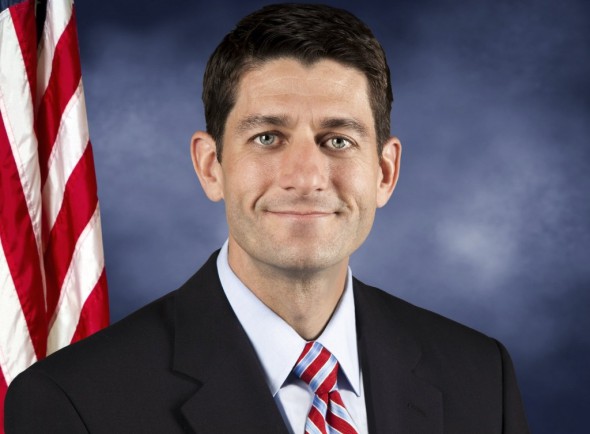Welfare Funding Dropped 75% Since 1991
26% of families below poverty line get assistance; was 96% in 1991.
The welfare reform block grant program known as Temporary Assistance for Needy Families (TANF) turns 20 on August 22nd, and that anniversary is not a cause for celebration among advocates for low-income families. Some conservatives have also criticized it, such as Peter Germanis, who wrote that TANF “has failed to provide an adequate safety net or an effective welfare-to-work program.”
The block grant gives states a lot more flexibility, but also significantly less funding and a lot less accountability, and the result has been a sharp decline in support for the families that the federal funds are supposed to assist. The following graph illustrates that the number of Wisconsin families who are receiving direct cash assistance – either for child-only cases or for participation in work programs under Wisconsin Works (W-2) – has dropped to a monthly average of less than 18,700 this year. That is less than one-fourth of what the comparable caseload had been under Aid to Families with Dependent Children (AFDC) in the early 1990s.
The sharp drop in the number of needy families who are receiving direct cash assistance is not because the need has subsided. An analysis by the Center on Budget and Policy Priorities (CBPP), found that only 26% of Wisconsin families below the poverty level were getting direct TANF assistance in 2013/14, compared to the 96% of families in poverty who received assistance from AFDC in 1994/95.
Another CBPP analysis examined the number of children in deep poverty in 1995 (the year before TANF’s enactment) and in 2005. Those years were chosen because they had similar unemployment rates and were both in the fourth year of an economic recovery. They found that the share of children in “deep poverty” – below half the poverty line – rose from 2.1% in 1995 to 3.0% in 2005.
There are many reasons why TANF has not been a successful anti-poverty program, but I think these are the primary factors:
- The funding level has been frozen since TANF was created, and the fixed appropriation level has lost 35 percent of its value over that 20-year period.
- Much of the funding is being spent for administration rather than direct assistance.
- States are able to use TANF funds in ways that supplant money the state had had previously spent from its own coffers, as illustrated by Wisconsin’s use of TANF funds to reduce state support for the Earned Income Tax Credit.
This sort of TANF criticism doesn’t only come from liberals. A very frequent and knowledgeable critic has been Germanis, who worked in the White House under both President Ronald Reagan and President George H. W. Bush. Now a private citizen who writes often about welfare reform issues, Germanis’ resume also includes stints working on welfare issues for the American Enterprise Institute and the Heritage Foundation. In a January 2016 paper titled “The Need for Common-Sense Conservative Welfare Reform,” he wrote:
“TANF is not ‘welfare reform’ at all, but a fixed and flexible funding stream that has failed to provide an adequate safety net or an effective welfare-to-work program. In many states, it has become a slush fund used to supplant state spending and fill budget holes.”
In a May 29th document, Germanis described TANF as “a blank check to states with no accountability.”
Nevertheless, some conservatives consider TANF to be a success. Speaker Paul Ryan and a number of other Republican lawmakers want to use it as a model for changing Medicaid into a block grant to states, rather than an entitlement program.
Analysis of the actual track record of TANF shows substantial flaws and points to many ways that the law could be improved. A new report by CBPP contains a number of good recommendations for addressing TANF’s failures. But the most important lesson is that TANF should not be used as a model for changes to critical safety net programs like Medicaid and Food Share.
As Germanis wrote this week about the Task Force Report offered by Speaker Ryan and a number of other Republican lawmakers, “it would not solve problems, it would add to them.”
Wisconsin Budget
-
Charting The Racial Disparities In State’s Prisons
 Nov 28th, 2021 by Tamarine Cornelius
Nov 28th, 2021 by Tamarine Cornelius
-
State’s $1 Billion Tax Cut Leaves Out 49% of Taxpayers
 Sep 21st, 2021 by Tamarine Cornelius
Sep 21st, 2021 by Tamarine Cornelius
-
TANF Program Serves a Fraction of Poor Families
 Aug 30th, 2021 by Jon Peacock
Aug 30th, 2021 by Jon Peacock























From 1992-1994 and in 2008-2010 Democrats controlled the Presidency, the House and the Senate. If welfare was important to the Democrats it would have been resolved. Furthermore, unemployment did not fall until 2010 after the recession in 2007. It was Democrats who extended benefits for 99 weeks to the unemployed and only after the 99 weeks did employment pick up when citizens got off the dole.
What do you mean by resolved? Welfare reform was passed in 1996 right, so it’s not like Democrats did nothing.